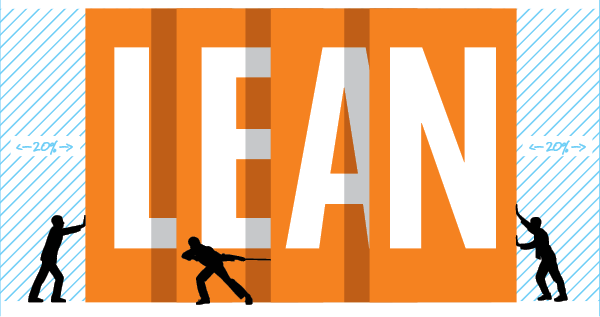The Supply Chain: It’s Alive! It’s Alive!

In some ways, the supply chain of today is a living, breathing organism. It’s not just links and nodes on a map, but a blend of digital and/or analog data, machines, and yes, real people who are constantly moving and adapting.
The supply chain constantly changes and moves in an interconnected way, responding to external and internal influences.
The pandemic is the most recent of many external examples. As we saw during and after the pandemic, supply chains can become unhealthy and shut down completely when core processes fail, while minor damage can be addressed and minimized when treated quickly.
At the same time, old legacy systems are rapidly becoming obsolete as they are too slow to adapt. They can’t support complex supply chains that change with increasing speed.
Moving to Real Time
In the past it was sufficient (and to be honest, we only had the capabilities) to update information in batches, sometimes overnight only. As time went on and technologies advanced, we were able to move some processes to real time where it made sense. Digitalization has made supply chains faster, more flexible, more accurate, and more efficient.
Today, thanks to how quickly technology is being developed, we have tools that allow organizations access to real-time visibility of delivery activities. We can access relevant information on one platform throughout the day, keeping all stakeholders current.
Examples of these tools include SAP HANA and Amazon Web Services. These platforms in the cloud offer supply chain resiliency and visibility, often in real time with a unified view.
They use tools such as advanced artificial intelligence and machine learning algorithms to identify dependencies, correlations, and current trends, as well as to suggest improvements and compute risks to mitigate and limit the impact of most supply chain disruptions.
Real-time visibility uses technology to track detailed information as raw materials and finished goods move through all stages of the supply chain. It allows you to know what is actually happening, so you can fix the problem by understanding the situation and finding the best solution, sometimes reducing or minimizing costs.
In the supply chain, real-time visibility refers to logistics activities that track and trace, in real time, the movement of goods and packages from suppliers, manufacturers, warehouses, and hubs to the end customer.
A lack of real-time visibility into your supply chain can result in negative consequences such as lost sales, inaccurate measurements, delayed deliveries, and increased costs.
On the flip side, if you do invest in real-time visibility, you can benefit from a general decrease in the dreaded bullwhip effect, where, through lack of visibility, small fluctuations in demand at the retail level can cause progressively larger fluctuations in demand at the wholesale, distributor, manufacturer, and raw material supplier levels.
Other benefits include better cost effectiveness, greater customer satisfaction and lower supply chain risks.
It’s time for all of us to finally “get real” time.

